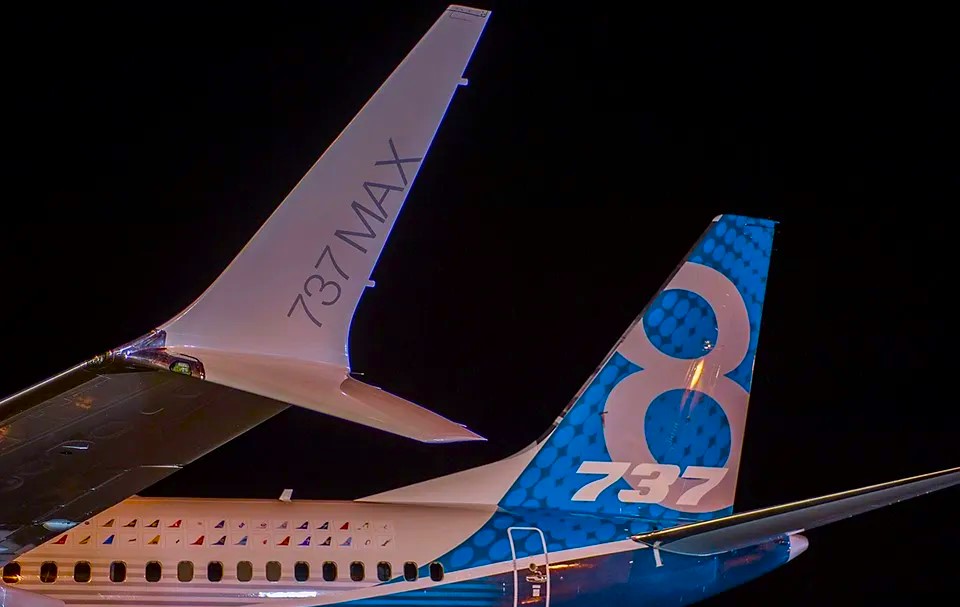


Shares of Boeing showed a downward trend Thursday, after the Federal Aviation Administration (FAA) said the plane maker had informed it and airlines of a possible loose hardware in the rudder control system of new B737 MAX jets.
Boeing informed regulators and airlines of the possible defect after an unspecified airline discovered a bolt with a missing nut during routine maintenance, according to the FAA. Boeing subsequently inspected undelivered jets and found an improperly tightened nut in one of its aircraft.
The FAA said it was closely monitoring Boeing B737 MAX targeted inspections and will consider additional action based on any further discovery of loose or missing hardware.
The FAA is closely monitoring targeted inspections of Boeing 737 MAX airplanes to look for a possible loose bolt in the rudder control system.
Boeing recommended inspections after an international operator discovered a bolt with a missing nut while performing routine maintenance on a mechanism in the rudder-control linkage.
“The issue identified on the particular airplane has been remedied,” Boeing said.
“Out of an abundance of caution, we are recommending operators inspect their 737 MAX airplanes and inform us of any findings. We informed the FAA and our customers and will continue to keep them aware of the progress.”
Current finding is the latest in a string of B737 MAX-related setbacks for the company this year. Deliveries of some 737 MAX models were temporarily halted in April after Boeing discovered a problem with certain parts supplied by Spirit AeroSystems.
Boeing and Spirit AeroSystems Holidings had to enhance the scope of inspections of 737 Max 8 aft pressure bulkhead structures.
Related news.....
FAA added further,
Under consultation with the FAA, Boeing has issued a Multi-Operator Message (MOM), urging operators of newer single-aisle airplanes to inspect specific tie rods that control rudder movement for possible loose hardware.
The FAA will remain in contact with Boeing and the airlines while the inspections are underway. The agency is asking the airlines to work through their approved Safety Management Systems to identify whether any loose hardware has been detected previously and to provide the agency with details on how quickly these two-hour inspections can be completed.
Boeing has confirmed that the inspection itself is “not particularly difficult” and is estimated to take about two hours per aircraft.
The American Aerospace giant has recommended that airlines inspect their MAXs within two weeks, but delivered 737 MAX planes can continue to fly safely, Boeing said. Production and delivery of the MAX will continue, and any undelivered aircraft will be inspected by the company before delivery, it said.
"The FAA will consider additional action based on any further discovery of loose or missing hardware. Boeing recommended the inspections after an international operator discovered a bolt with a missing nut while performing routine maintenance on a mechanism in the rudder-control linkage", said FAA.
The rudder controls the position of an aircraft’s nose while in flight, known as 'Yaw' movement in aerodynamics. The Boeing message has urged operators of newer single-aisle airplanes to inspect specific tie rods that control rudder movement for possible loose hardware.
Any issue involving a rudder that is not working properly would likely be identified in a pre-flight check, as flight crews routinely examine the rudder system before an aircraft pushes back from the gate, Boeing said.
The 737 MAX that has been in constant news due to various reasons, has been the aircraft model to undergo stringent inspection and design evaluation exercises, as its was grounded globally for nearly two years in March 2019, after a flight stabilizing system (MCAS) was involved in two fatal crashes in the span of five months.
You may like to read.....
